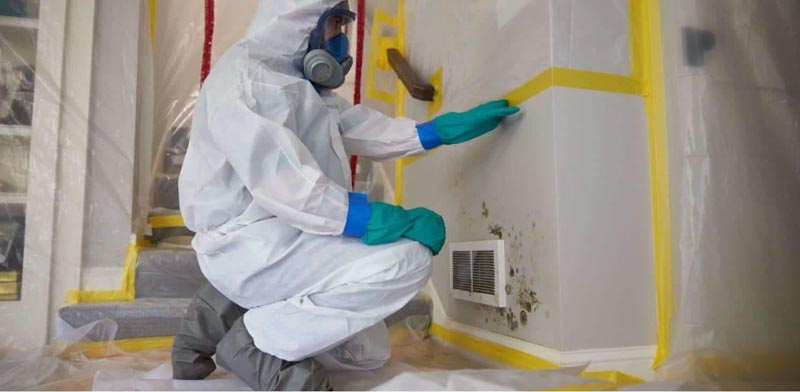Recognizing mold in your environment is crucial for maintaining good health and a safe living or working space. At Mr. Mold, we’re not just about identifying the types of mold in your environment but also providing an accurate mold count to measure the extent of the issue. Our detailed results can further assist allergists in identifying potential allergenic fungi in your surroundings. For example, an environment with elevated Penicillium could prove challenging for someone with a Penicillin allergy.
Mold is a ubiquitous presence, thriving in almost all indoor environments when given enough moisture. Mold, a type of fungi, consists of microscopic organisms that form thread-like structures known as mycelia. These mycelia produce spores, which could be colorless or pigmented and vary significantly in size. Depending on the water damage and the types of materials present, you could expect 50 to 100 different molds in an indoor setting.
Mold infestation can negatively impact a building’s usability due to the potential for structural damage and adverse health effects on occupants. Mold issues, prevalent in approximately 10% of U.S. buildings, often originate from roof or plumbing leaks, condensation, or flooding. When these water issues make contact with building materials or furnishings, such as wood, drywall, ceiling tiles, or carpets, mold growth is likely.
Humidity or visible moisture promotes mold growth, which can lead to health problems, even when mold isn’t visibly present. The moist environment not only aids mold growth but also the proliferation of dust mites, cockroaches, bacteria, and viruses, posing additional health risks.
Exposure to mold can trigger allergies and asthma symptoms in susceptible individuals. However, even without visible mold, indoor dampness can precipitate respiratory issues and asthma attacks. Exposure to airborne mold particles may cause eye, skin, nose, throat, and lung irritation, affecting individuals irrespective of their allergy status. In rarer cases, hypersensitivity pneumonitis has been linked to indoor mold exposure, especially in those with weakened immune systems.

Discover our four-pronged approach to mold remediation – an extensive process that ensures the elimination of mold while preserving the safety and comfort of your home environment.
Identify and rectify the source of moisture, ensuring the damp environment conducive to mold growth is eliminated.
Assess the extent of the mold problem professionally, especially when mold growth exceeds 10 square feet.
Clean or discard affected materials. We wash mold off from cleanable hard surfaces using detergent and warm water and thoroughly dry the surface to prevent further mold growth.
Prioritize the protection of both occupants and our team. Our workers use necessary protective gear like full face carbon masks, disposable gloves, and goggles.

Take Back Control of Your Indoor Air Quality with Mr. Mold’s Expert Services

Take Back Control of Your Indoor Air Quality with Mr. Mold’s Expert Services